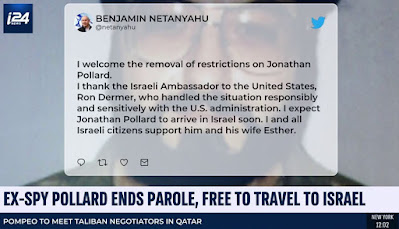 |
| 170mm Koksan self-propelled howitzer in Iraq |
“Unfortunately, this gun is demonstrating itself quite well in battle. It’s firing from quite a long range, and it’s quite good in terms of accuracy. We have data that the Russian Federation was provided 120 pieces. But I think that supply will continue because these guns are demonstrating themselves quite well. This is unfortunate for us because this is artillery for long-range firing.”
PROJECT MORNING STAR
Our cooperative relationship with the Iraqis allowed us unprecedented access to the Iraqi military. For example, the Iraqis had captured a large artillery piece from the Iranians during the liberation of Al-Faw. They could not identify its origin and were perplexed by the unusual 170-mm bore. Artillery pieces worldwide are generally manufactured in standard bore sizes, normally 122-mm, 130-mm, 152-mm, 155- mm, 175-mm, and 203-mm. We knew they had captured this gun: Army Colonel Gary Nelson—our newly assigned defense attaché in Baghdad and an artillery officer by training—had seen it while it was on display at a victory celebration in Baghdad. We knew what it was, and we wanted it.
The Iranians had acquired this self-propelled howitzer in 1987. At that time, it was the longest-range artillery piece made anywhere in the world, capable of firing a rocket-assisted projectile to a range of almost sixty kilometers. It had been used by the Iranians to conduct harassment fire from the Al-Faw Peninsula into Kuwait’s northeastern oil fields. The Iranians were applying military pressure on the Kuwaitis in a variety of ways, as punishment for supporting Iraq in the war and for alleged violations of oil export and pricing policies of OPEC (Organization of Petroleum Exporting Countries). This artillery fire was complemented by Chinese-made “Silkworm” cruise missile attacks on Kuwait’s oil ports and by naval attacks on Kuwaiti shipping in the Gulf.
The attacks were the catalyst for the March 1987 decision to register Kuwaiti oil tankers under the American flag (a procedure called “reflagging”) to offer some protection for oil shipping in the region. The U.S. Navy could not legally protect foreign shipping, but a merchant ship flying the U.S. flag was entitled to armed escort through the Persian Gulf war zone.
The high level of U.S. interest in the gun had little to do with the situation in the Persian Gulf and rested instead on the fact that the weapon had been designed half a world away to fire on the capital city of a close U.S. ally, South Korea. What the Iraqis had captured on the Al-Faw Peninsula, though they did not realize it, was a weapon designed and built by North Korea to fire on Seoul from the North Korean side of the Demilitarized Zone. The U.S. military refers to it as a Koksan gun.
While inspecting the gun (the project was called Morning Star), we discovered more evidence of Iraq’s use of nerve gas. As I rooted around the cramped driver’s station of the gun system looking for anything of intelligence value—maps, notes, logs, manuals, firing tables, communications charts, and so forth—I found several used atropine injectors. These auto-injectors had been manufactured in Iran and were similar to those I had found earlier on a battlefield on Al-Faw. I showed one of the injectors (and pocketed another) to both Majid and the brigadier general commanding the artillery depot, explaining that these used injectors indicated to me that a nerve agent had been used at Al-Faw.
I was careful not to accuse the Iraqis, but the implication was clear. The brigadier general replied that Iraqi artillery doctrine calls for use of obscurant smoke in the preparatory artillery barrages. His “analysis” was that the Iranians mistook the smoke rounds for nerve gas and, therefore, self-administered atropine.
Not wanting a confrontation while standing in the middle of an Iraqi military installation, I did not mention to the Iraqi officers that we had also discovered decontamination fluid in many places on the weapon, most noticeably trapped in the headlights. It would make no sense for the Iraqis to decontaminate the vehicle if they had only fired smoke rounds at the Iranians.
















.jpg)
